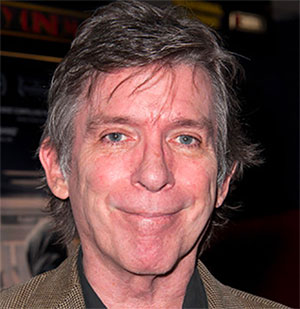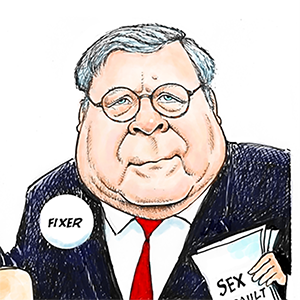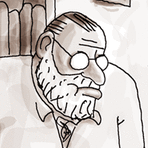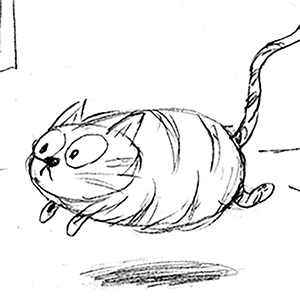Bad Bunny's 'Debí Tirar Más Fotos' is a love letter to Puerto Rico. This professor helped him tell the island's history
Published in Entertainment News
LOS ANGELES — Bad Bunny has called sixth studio album, “Debí Tirar Más Fotos” his “most Puerto Rican album ever.” Released Jan. 5, the record pays homage to the island’s rich rhythms like plena and salsa, and delves into it’s seldom taught history.
To help with the latter, the Bad Bunny team contacted professor Jorell Meléndez-Badillo of the University of Wisconsin-Madison last year to collaborate in what was then an unnamed project. The end result was 17 visualizers — one for each of the album’s tracks — that doubled as history lessons about Puerto Rico.
”[Bad Bunny] was really interested in having that sort of historical component, so people were not only listening to the songs in YouTube, but learning their history while they do so,” said Meléndez-Badillo.
In April 2024, Meléndez-Badillo published his second academic book, “Puerto Rico: A National History” (Princeton University Press), which provides a panoramic introduction to the island’s colonial history and contemporary political movements. It’s a history attentive to marginalized groups: queer, Black and the working class that have shaped the idea of Puerto Rico as a nation and a diaspora.
“[The book] was translated in Spanish and it circulated widely in Puerto Rico,” said Meléndez-Badillo. “So I guess that someone in the team had read the book or they knew about my work.”
He put pen to paper — literally — writing fragments of the island’s history dating back from 1508 to present day.
“They were written by hand because I had no computer [while traveling] in Europe, so I basically produced 74 pages of historical facts and narratives,” said Meléndez-Badillo.
These visualizers contain turning points in Puerto Rican history, from the lost Spanish expedition led by Christopher Columbus that was discovered by indigenous people (featured in“Weltita”), all the way to the island’s current dependency on foreign funds (featured in“La Mudanza”).
The first track alone, “Nuevayol,” has over 6 million views, with the visualizer detailing the creation of the first Puerto Rican flag by revolutionary exiles in New York.
Underlying in the blue placards are moments of resilience shown by the Puerto Rican people, such as the 1868 Grito de Lares revolt against Spanish colonial rule (in “Turista”), and Lola Rodríguez de Tió’s 1986 song “La Borinqueña,” which remains a symbol of independence and the national anthem (in “Dtmf”).
“ I think that it’s a great learning tool about what’s happening in Puerto Rico, but I think that the intentional behind, is not to cater to outside audiences,” said Meléndez-Badillo, who only wrote the snippets in Spanish.
It’s a past not often taught in public schools — 45% of which have closed between 2007 to 2019 following a corroding debt crisis and the fallout after hurricanes Irma and Maria (a tidbit also included in the visualizers for “La Mudanza”).
“ Not a lot of people engage with Puerto Rican history, even as they go through the elementary school system,” said Meléndez-Badillo.
Now that the album and visuals are finally out, Meléndez-Badillo says he was moved to tears by its message — delivered through Puerto Rican folk album, also known as música jíbara.
“It was [Bad Bunny’s] vision that thought about bringing Puerto Rican history into the conversation with music,” said Meléndez-Badillo. “It’s not only an aesthetic project that he has crafted, but also a political project.”
This is not the first time that Bad Bunny has used his platform to elevate political messaging. Weeks before the 2024 election, he backed his support for Vice President Kamala Harris following a Donald Trump rally where a speaker referred to Puerto Rico as “a floating island of garbage.”
In 2022, he released a 22-minute documentary that doubled as a music video for “El Apagón,” which comments on the island’s chronic power outages— still ongoing in 2025. In it, journalist Bianca Graulau highlights the island’s dwindling public housing resources and how lax tax laws benefiting wealthy foreigners have come at the expense of local life. It’s also a theme he explores in a short film featuring renowned Puerto Rican film director Jacobo Morales.
“ In the face of displacement, in the face of all these conversations about Puerto Ricans leaving the archipelago, about crisis, about power outages, [Bad Bunny] is celebrating that Puerto Rican-ness and I think it’s a very political record as well,” said Meléndez-Badillo.
©2025 Los Angeles Times. Visit at latimes.com. Distributed by Tribune Content Agency, LLC.













Comments